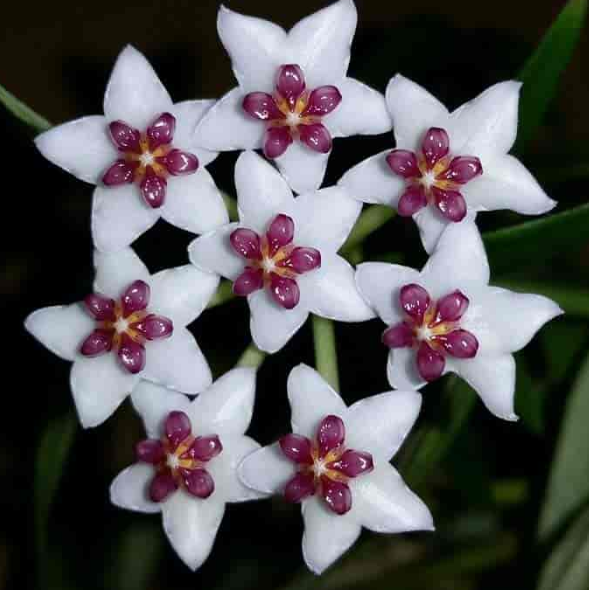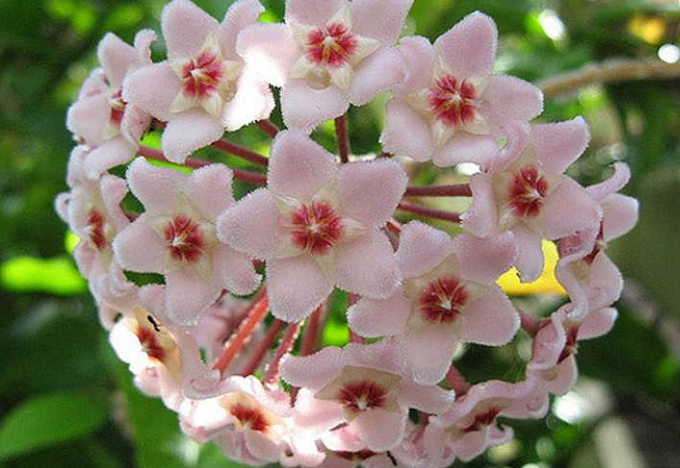You have many followers . They collect different data about hoya.. I also collect different data about hoya about cultivation process of hoya..
Native to tropic and subtropical regions, most hoyas do equally well in homes, in protected areas or a greenhouse. The hoyas that vine and climb do so by means of small stem rootlets, when untrained, they form a thick mat. Several species make beautiful baskets and look great on a small trellis.

#Lighting – a north window is a good location. Although the plants do not require direct light, they would not do well away from a window, unless you prefer to grow them under fluorescent grow lights. Supply all but the hottest sun.
hoya-varigeated-809
#Soil – a moist, well-drained, light soil – African Violet soil with some added perlite – is a good growing medium.

 #Watering – keep the soil moist in spring and summer, dry but not to the point of shriveled foliage in winter. In dry climates more frequent watering may be necessary.
#Watering – keep the soil moist in spring and summer, dry but not to the point of shriveled foliage in winter. In dry climates more frequent watering may be necessary.
Some like to mist the leaves frequently, to clean them and increase humidity… but NOT when the plant is budding or in flower.
#Temperature – give them medium (50 degrees) to warm temperatures during the growing season—spring and summer. The plants go semi-dormant in winter.
#Fertilizer – In spring hoyas react favorably to feeding. Fertilize using a liquid balanced food, about every four weeks, three or four times during the growing season will produce a vigorous growth. Withhold food during the winter.
